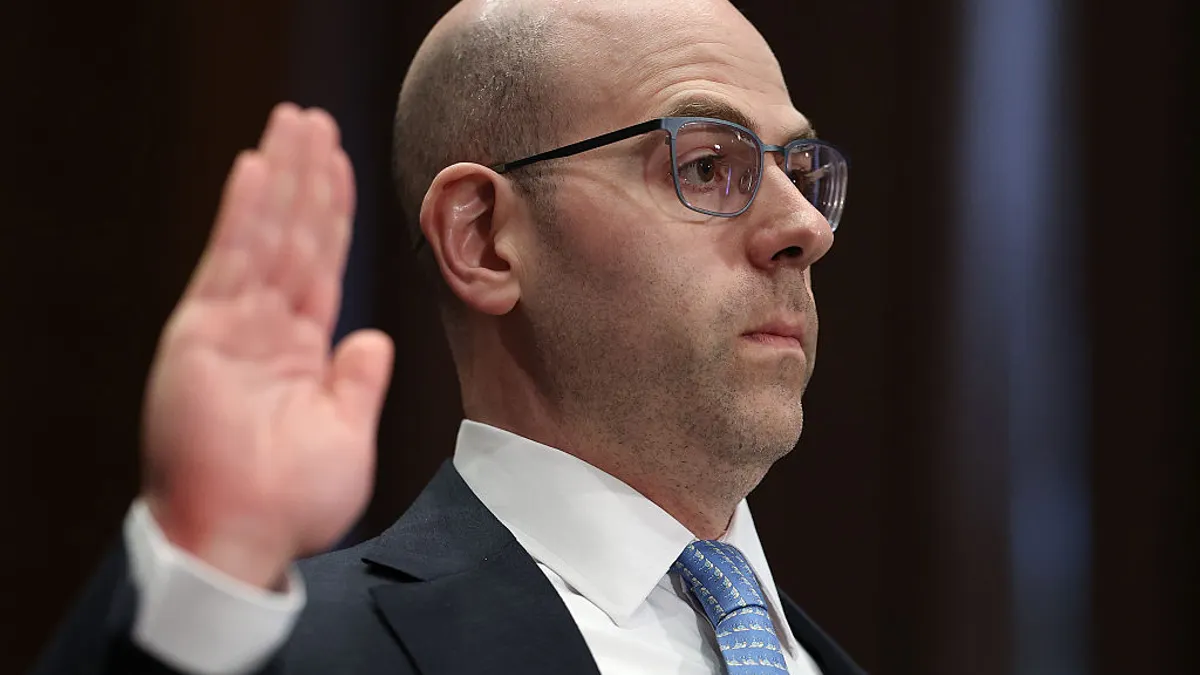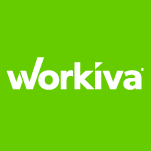Dire warnings that a botched transition away from the London Interbank Offered Rate could lead to market turmoil have given way to a relatively quiet dawn of the post-LIBOR world.
Banks effectively stopped making new LIBOR loans on Jan. 1 following regulators recommendations and financial executives needing to tap new debt have been able to do so with few apparent hiccups, sparking some optimism and comparisons to the seamless Y2K computer transition in 2000. But experts caution that any celebration is premature given the complicated operational, accounting and technology challenges financial executives must navigate to prepare for the final chapter of the LIBOR phase-out in 2023.
"The next year and a half is the time for institutions to make sure they're ready from an operational standpoint," Alexey Surkov, a Deloitte Risk & Financial Advisory partner, told CFO Dive. “Just like Y2K, it’s incumbent upon us to check and double check and triple check everything ... to make sure that when the switch is actually thrown in the middle of next year nothing happens.”
To be sure, the changes have reached a long-anticipated critical stage as banks are expected to transition to offering the Secured Overnight Financing Rate (SOFR), and the one-week and two-month U.S. dollar LIBOR were discontinued on Dec. 31. But the more popular U.S. dollar tenors such as the six-month will run until June 30, 2023.
That's a massive technical shift for financial markets to adjust to as LIBOR, the scandal-plagued reference rate for trillions of dollars in mortgages, hedges, business loans and other contracts worldwide, has been a favored benchmark for loans since the 1980s. But mounting credibility concerns led regulators to begin calling for it to be discontinued after the 2008 financial meltdown.
“It’s a lot more tangible now,” Amanda Breslin, managing director of treasury advisory at Chatham Financial, said of the transition. "We’re at the place where banks are saying you absolutely can’t [get a LIBOR loan]. It’s a mindset shift for CFOs that this is real.”
Operational to-do list
After years of following the issue in the abstract, the focus of CFOs and treasurers over the next year and a half should be on the operational and infrastructure adjustments that the benchmark change necessitates, Surkov said.
"You have to make sure you agree with counter-parties on new rates and new spreads and frequency, in some cases, of payments and all of that creates a body of work from an operational infrastructure perspective that is not yet fully completed by the industry," he said. "So that is a big to-do on the to-do list of CFOs and treasurers."
Firms may also need to change their databases or take steps to make sure computer systems will recognize the replacement rate that legacy LIBOR contracts are tied to.
Financial executives will also have to get up to speed on new debt quoting conventions and learn the new ways to value and measure the debt.
"Switching to SOFR involves a learning curve," Surkov said. "The calculations of the rates could get quite complex and a little bit messy and it does require CFOs, treasurers and others to get comfortable with the new mathematics."
Ideally CFOs should take an inventory of any legacy LIBOR-exposure to check to see if the loan has so-called fallback provisions, Breslin said.
While fallback language in debt contracts vary, the clauses typically spell out the replacement index that the debt would default to and establish triggers that can prompt an index change ahead of the 2023 LIBOR sunset.
Companies that hold derivatives ideally want both a loan and its hedge tied to the same index or the debt might no longer be perfectly hedged and it might call certain accounting assertions into question, she said.
Then, too, accounting implications also loom. Once a loan is reset to a new index, the shift could also trigger certain accounting treatments that the Financial Accounting Standards Board appears to be on track to extend relief on through 2024. The proposal should be out for review by the end of the second quarter and finalized by the end of the year, a source familiar said.
Accepting SOFR
Corporate treasurers and financial institutions initially delayed switching to SOFR, in part because it did not reflect credit risk as LIBOR does. But the outlook for the adoption of SOFR brightened on July 29 when the benchmark’s forward-looking term structure gained an endorsement from the Alternative Reference Rates Committee (ARRC), a panel of banks, insurers and asset managers convened by the New York Federal Reserve.
The switch has since picked up momentum. Wells Fargo CFO Michael Santomassimo, speaking on the company's Jan. 14 earnings call, said the bank effectively stopped offering new LIBOR-based loan products in the fourth quarter, according to a transcript. He estimated the bank has done about, or just under, 4,500 new wholesale SOFR-based facilities and that it now has tens of thousands of SOFR-linked ARMs on its books. "And so I think it's starting to take hold," he said.
Building on some big early SOFR corporate borrowers last year like Ford and GSEs, an increasing number of CFOs and financial executives are now cautiously beginning to take out SOFR debt.
Sherri Moyen, CFO of SEO software company Conductor, expected to close a $35 million credit facility with Silicon Valley Bank last week. Moyen is pleased with the SOFR rate she got; it has generally been lower than LIBOR, but she plans to keep an eye on how it moves. “We will closely monitor both current rates, ” Moyen said in an email.
Others are taking more of a wait-and-see approach. Omar Choucair, CFO of financial software company Trintech, has a credit line but is likely to let it stand as is for now. “The benefit to waiting is to see more historical trend data on SOFR," he said.
In many cases, financial executives are just beginning to wrestle with the mechanics of the new debt. For instance, at a securitization industry conference this month, there was talk that a lack of consensus over how to initially price deals without LIBOR could slow issuance of commercial mortgage backed securities this year.
Investors were pushing for fixed-rate deals' initial pricings to be tied to treasuries while many lenders wanted to use a so-called SWAP rate over SOFR, similar to the convention used with LIBOR SWAP since the 1990s, according to Darrell Wheeler, a CMBS researcher at Moody's Analytics. Swaps are defined as derivative contracts that exchange fixed interest payments for floating rate payments.
But the deals are now sailing through the market at a relatively healthy pace with the SOFR SWAP reference so far prevailing, he said.
"We may yet see some deals price the other way but so far it looks like issuers and investors are figuring it out," he said.
Among the first commercial mortgage backed-security transactions that have priced to date this year was a fixed-rate $670 million commercial mortgage-backed security backed by a Chicago office tower and a floating rate $2.02 billion commercial real etstate collateralized loan obligation.























